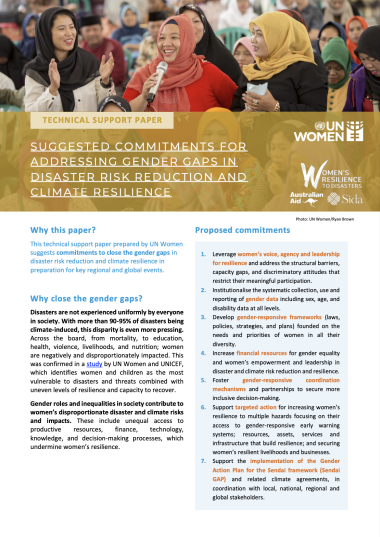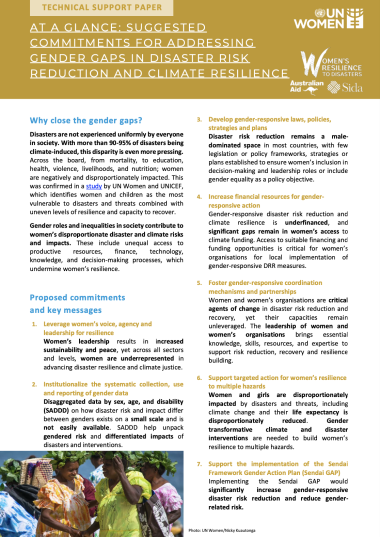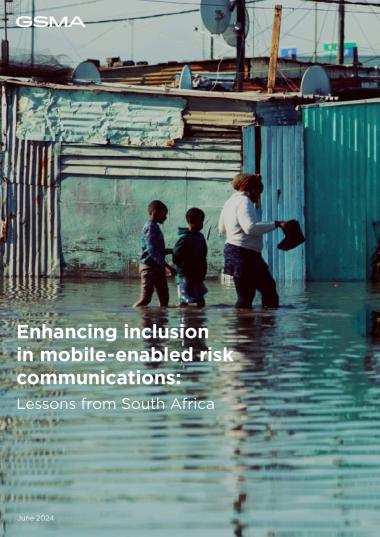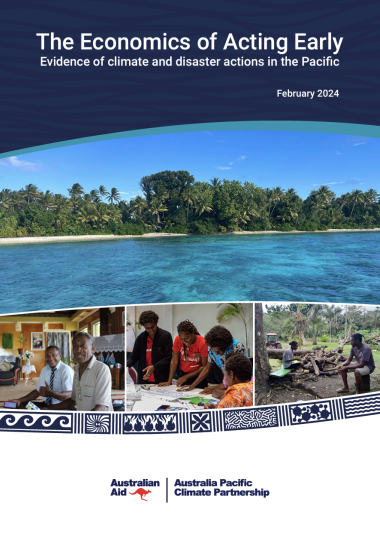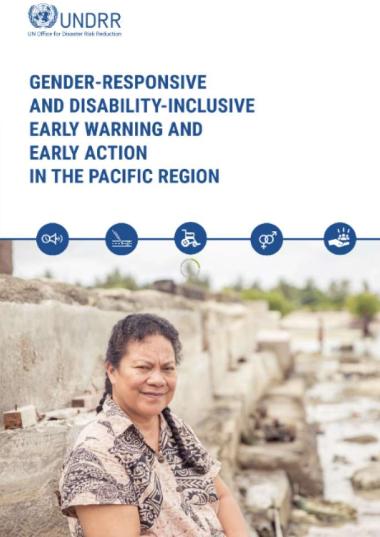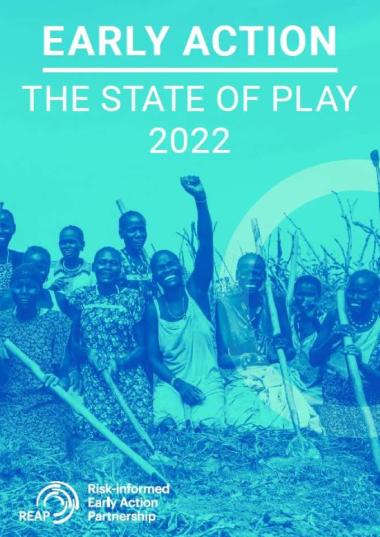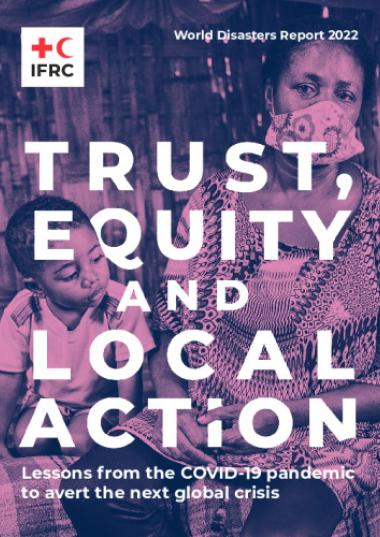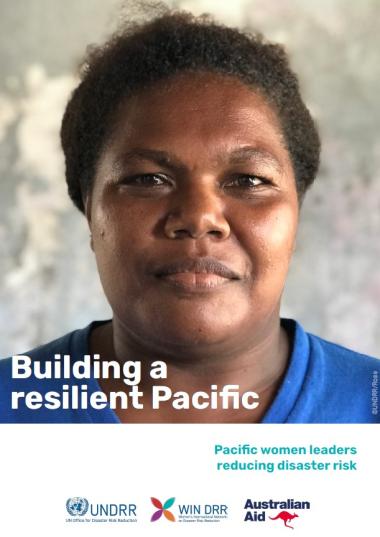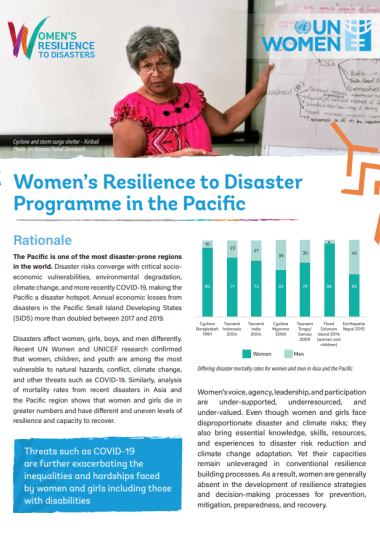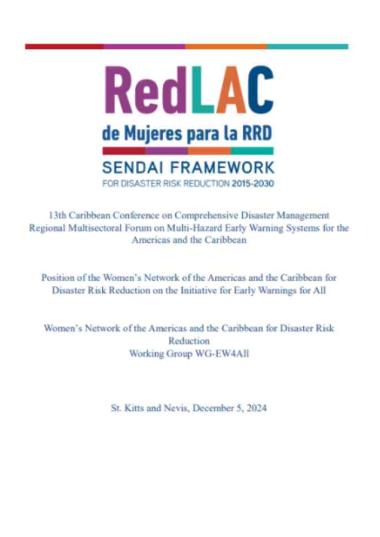
Early warning, preparedness & risk communication systems
Early warning systems, including risk communication and preparedness processes, are not always people-centred, accessible, locally appropriate, tailored, inclusive, or gender responsive. This can impact the ability of women, girls and other high-risk individuals to effectively prevent, prepare, survive, and recover from disasters and can reinforce, perpetuate, and increase inequalities and social norms. It is therefore important to ensure that early warning systems target marginalised and under-served groups and that gender equality guides and cuts across all aspects of early warning systems including:
- Disaster risk knowledge (e.g. data collection and disaster risk assessments);
- Detection, monitoring, analysis and forecasting of the hazards and possible consequences (on different groups);
- Dissemination and communication of risks including accurate, timely, and actionable warnings and associated likelihood and impact; and
- Preparedness at all levels to respond to warnings.
Institutionalising the leadership of women in disaster preparedness and securing women-led, inclusive and accessible early warning systems is critical. For example, ensuring women’s access to multi-hazard monitoring and forecasting, or supporting gender-responsive risk communication processes will enable timely action by women and girls to reduce risks in advance of hazards. Specifically, it will proactively ensure early warning-triggered prevention, mitigation, preparedness, and early action measures shaped by the differing needs of high-risk groups.
